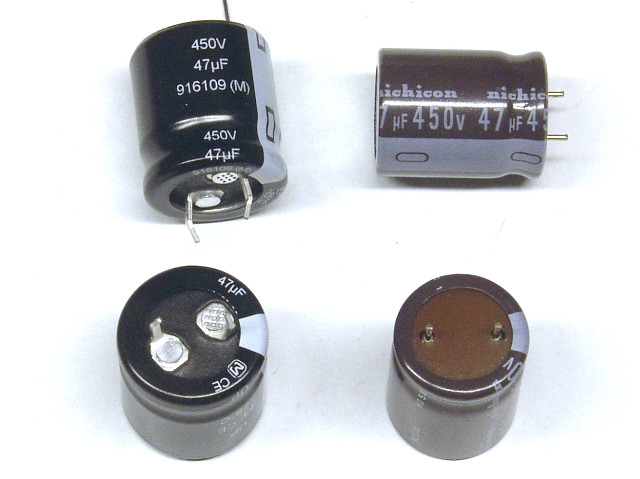My brother's 1941 Plymouth has a 700 pound engine of 200CID making 72 horsepower.
My 1979 Ford had a 550 pound engine of 351CID making 144 horsepower.
My 2002 Honda has a 200 pound engine of 140CID making 148 horsepower.
I suspect the Ford and Honda are very similar cost-to-make, in a well-run factory. (The Honda is half the cylinders in alloy block, same number of smaller valves....)
Big engines are known for "slow grunt", but allowing for the vast difference in car and gearing, the Honda has wider better power-band.
I just replaced my hot-air furnace. The old blower used to start with a wwHHHuGH!! and dim the lights. The new blower comes up silently and no strain on the electric.
Things can change, "advance", even improve.
(And sometimes not. Modern affordable electric chain-saws are no match for a 40 year old Craftsman.)
>
A properly functioning electrolytic cap does not produce any heat.They do in *severe* service, making BIG rough power. Welder and motor supplies.
The ripple current times the ESR is a loss and a heat.
Audio amplifiers are far-far out of that zone. By the time we have enough capacitance to smooth our DC we have much more physical size than we need to dissipate the heat.
And the physical size goes down because of improved foils, which also reduces the ESR and ripple-current heat.
They did that to cut size and *cost* of power supplies generally.
Your best bet for new designs is "snap-caps".


Among other things, they are sold into those welder supplies. They have to have low losses and sturdy dielectric to withstand the massive currents and the cabinet heat. It is a very competitive market: Lincoln will cancel a deal with Joe-Con if Joe's caps turn out to have higher warranty returns than Fred-Con's caps.
